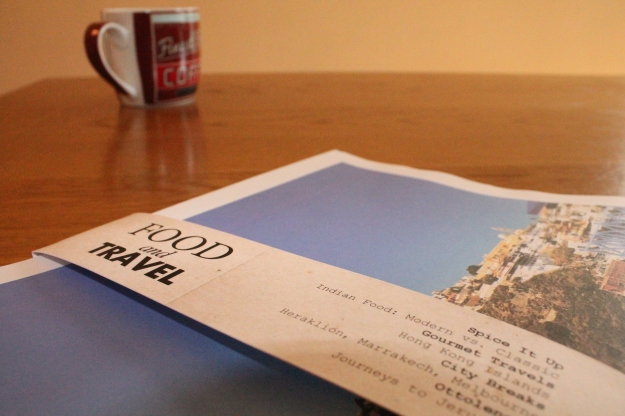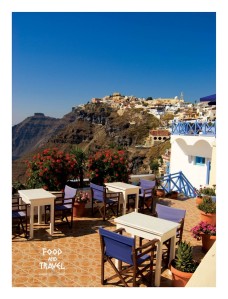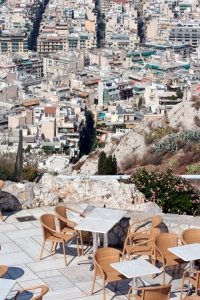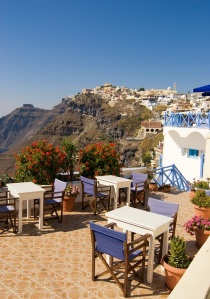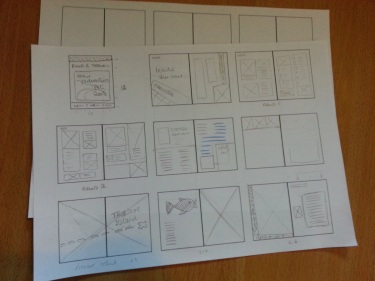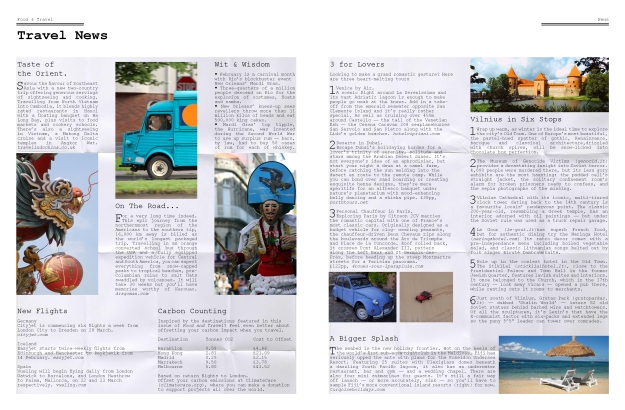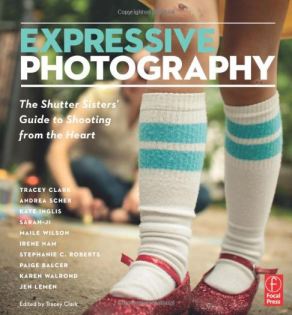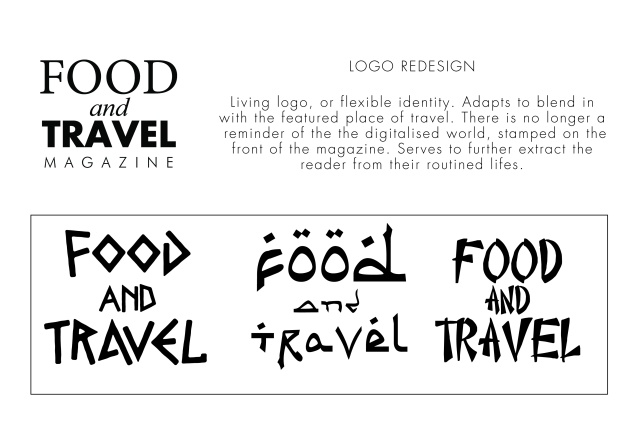I have now (110%, honest) decided upon a form and I think it’s a great form. There was a bit of wrestle in my mind that involved the extraction of the reader from the norm. It mainly occurred in reference to the form. How do I make this magazine capable of extracting you from your lives and thrusting you into an experience.
I was originally going to make a portable magazine, flawed in that it was meant to be read at home and create the feeling of travel from there. I then moved onto an abnormally large magazine (near A3) hoping this may act as blinkers to the reader and let them lose themselves. However, it then occurred to me that I should try a newspaper. This made perfect sense because the size is the same (and so would still act as blinkers) but in this design I have given the reader a form in which they are comfortable reading. This was something I was ignoring! If I want the reader to get lost, first they must be relaxed. There aren’t many more ways that I could have actually gotten my audience, of older generations, to feel comfortable just by reading something.
My next battle was with the original idea of having nothing familiar, and every page being something new and interesting and with the more familiar form of a newspaper. I was unsure whether or not this form was the right way to do it. I thought about it for a while but ultimately decided it would be best to, compromise this aspect of the concept and, have a small part of familiarity to the magazine. The form works better as it now has a purpose and, in retrospect, now that not everything is removed from the routine life reader is able to get relaxed enough to be able truly lose themselves.
I had to move quickly with initiating and producing this idea, for to meet the deadline, I would need to have the designs completed by 2pm on Tuesday the 7th. I started off by pulling, something like, 45 hours over the weekend to have the visuals finished by Monday night. I then allowed myself Tuesday morning to tweak and refine any areas that weren’t quite there.
This was a great plan because, aside from almost collapsing on Tuesday, I managed to dedicate myself 110% to the magazine. I think the pressure of a, self-set, deadline really helped in my getting excited about an editorial brief. As I mentioned before, editorial is something that does not particularly thrill me but I was determined to not let myself down and just do something, with no intention of enjoying it and making it exciting for myself.
I think the fact that I enjoy pressure was key to this.
The idea that this magazine was in the form of a newspaper, I realised, was problematic in it’s functionality as a magazine. A tabloid paper is just shy of A3, when unfolded, and this simply wouldn’t fit on a magazine rack. It would have to be folded in half to fit so, effectively, half of the front cover was not going to be visible.
I’m so glad I realised this, as it allowed me to consider every aspect of the cover and it could have easily slipped by me, resulting in a cover that just didn’t work!
I decided I would respond to this issue with the below solution:
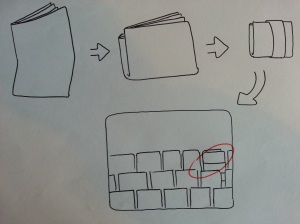
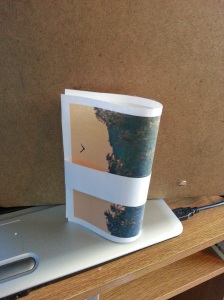
It would have information on it, such as the Title and contents. It would be all the information that litters the (otherwise beautiful) photography of the existing magazine’s front page. This was something I immediately disliked in the initial analysing of it way, and this way I can remove this sleeve and allow the gorgeous cover imagery to really be shown off.
This did mean that the back cover would be folded inwards and would not be seen. So, the back cover cannot have any important elements on it, such as a bar code or any sentences that I may use to “sell” it and make it more appealing.
Finally, in finalising the form of the newspaper-style mag I realised that once the sleeve is removed you may simply throw it in the bin or get misplaced. If this does happen, the reader will need to know information such as issue number and the title. So I should put this on the cover somewhere, but it cannot be over powering at all.
I now have the skeleton of a newspaper-styled magazine to ease the reader into comfort and extract them from their day-to-day lives, thus instilling the experience of Food and Travel. Boom.
